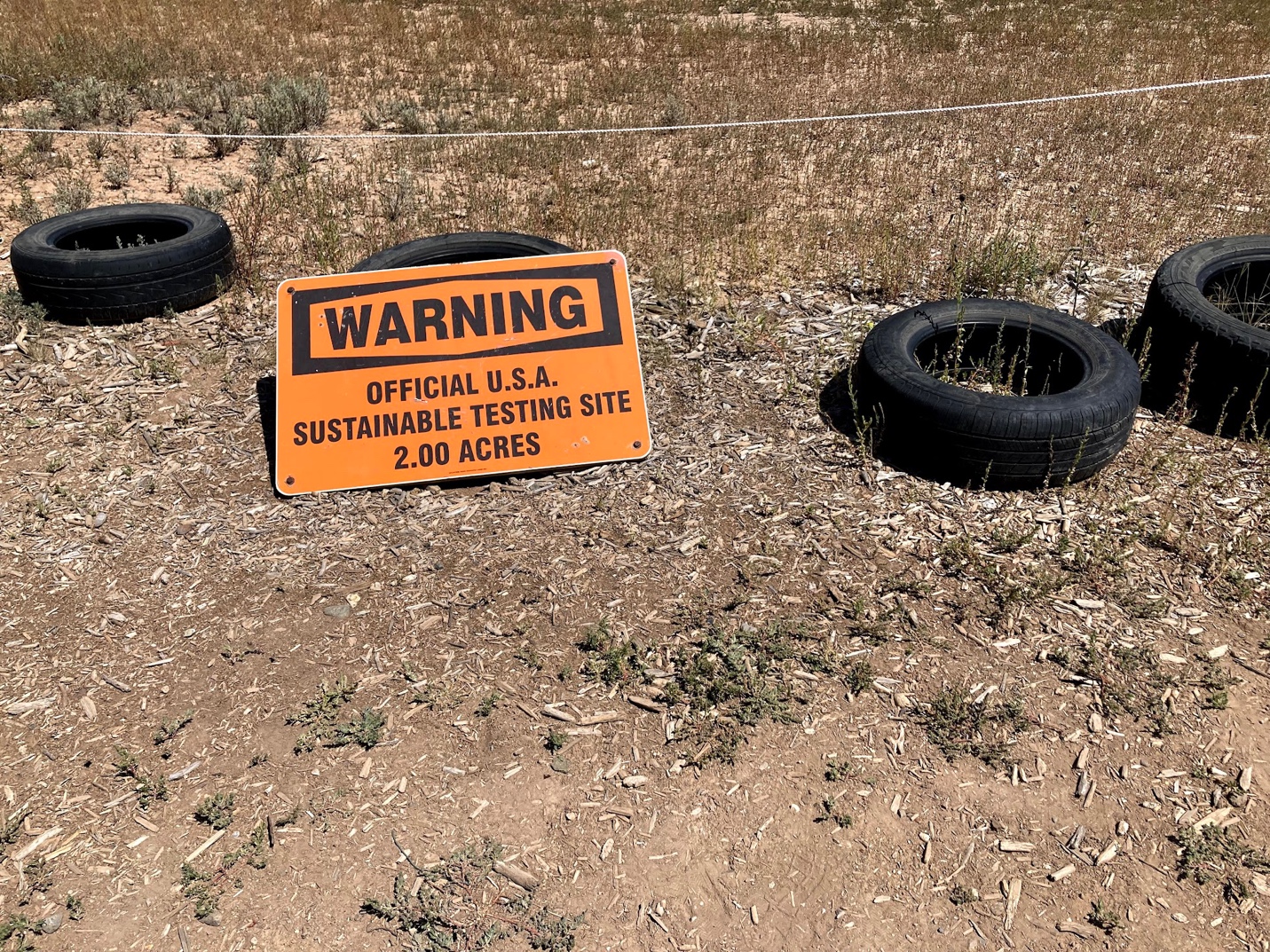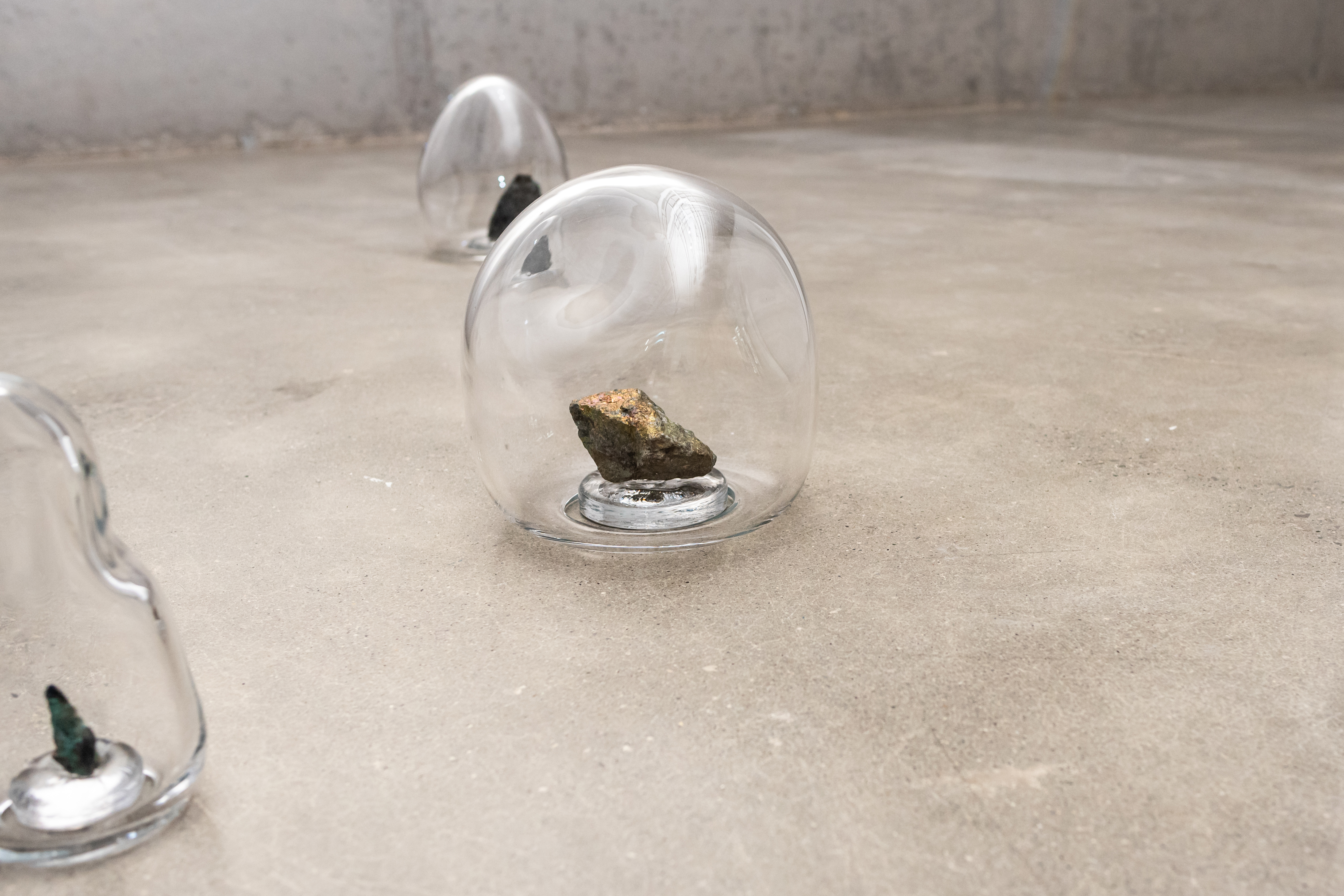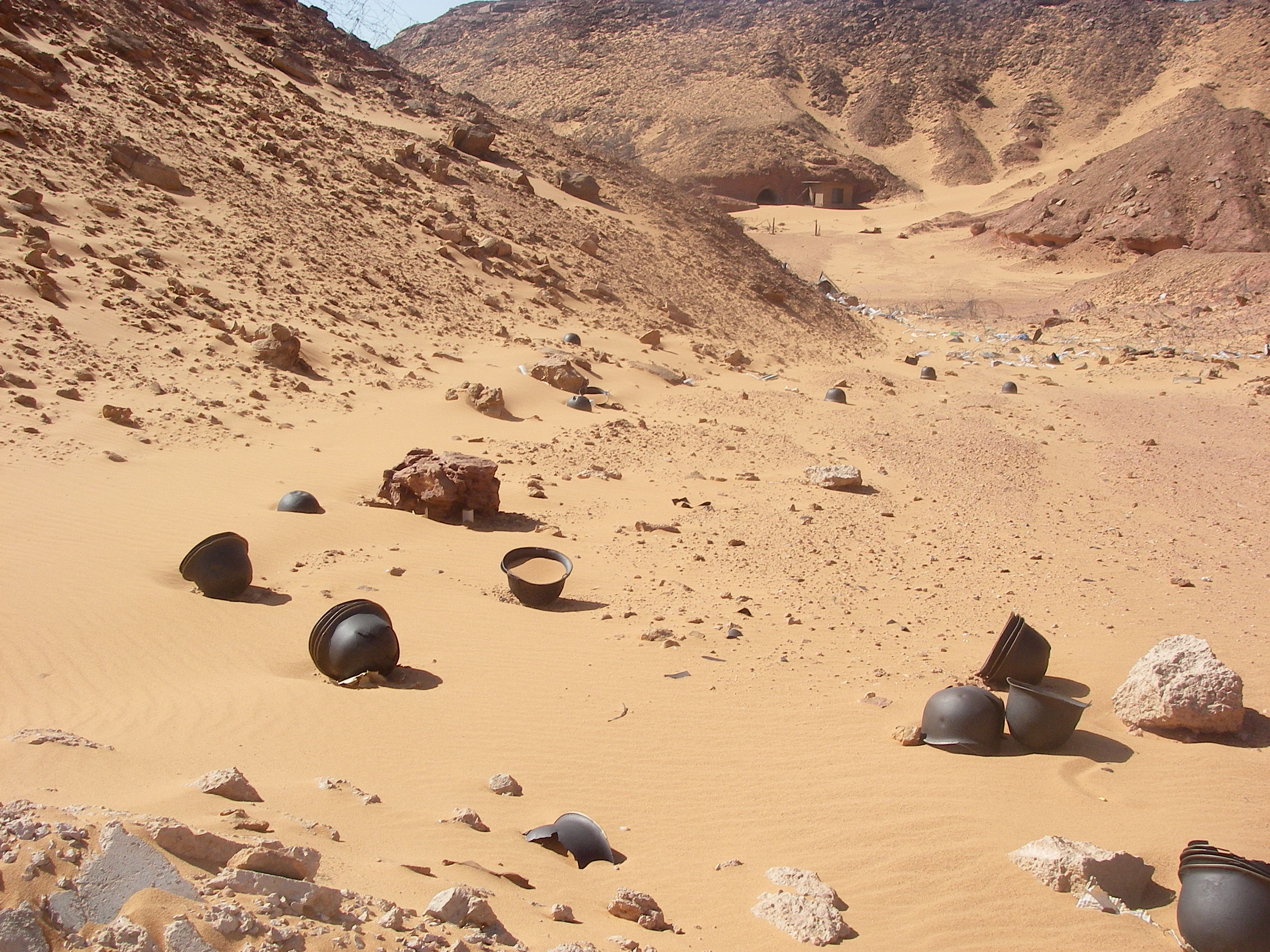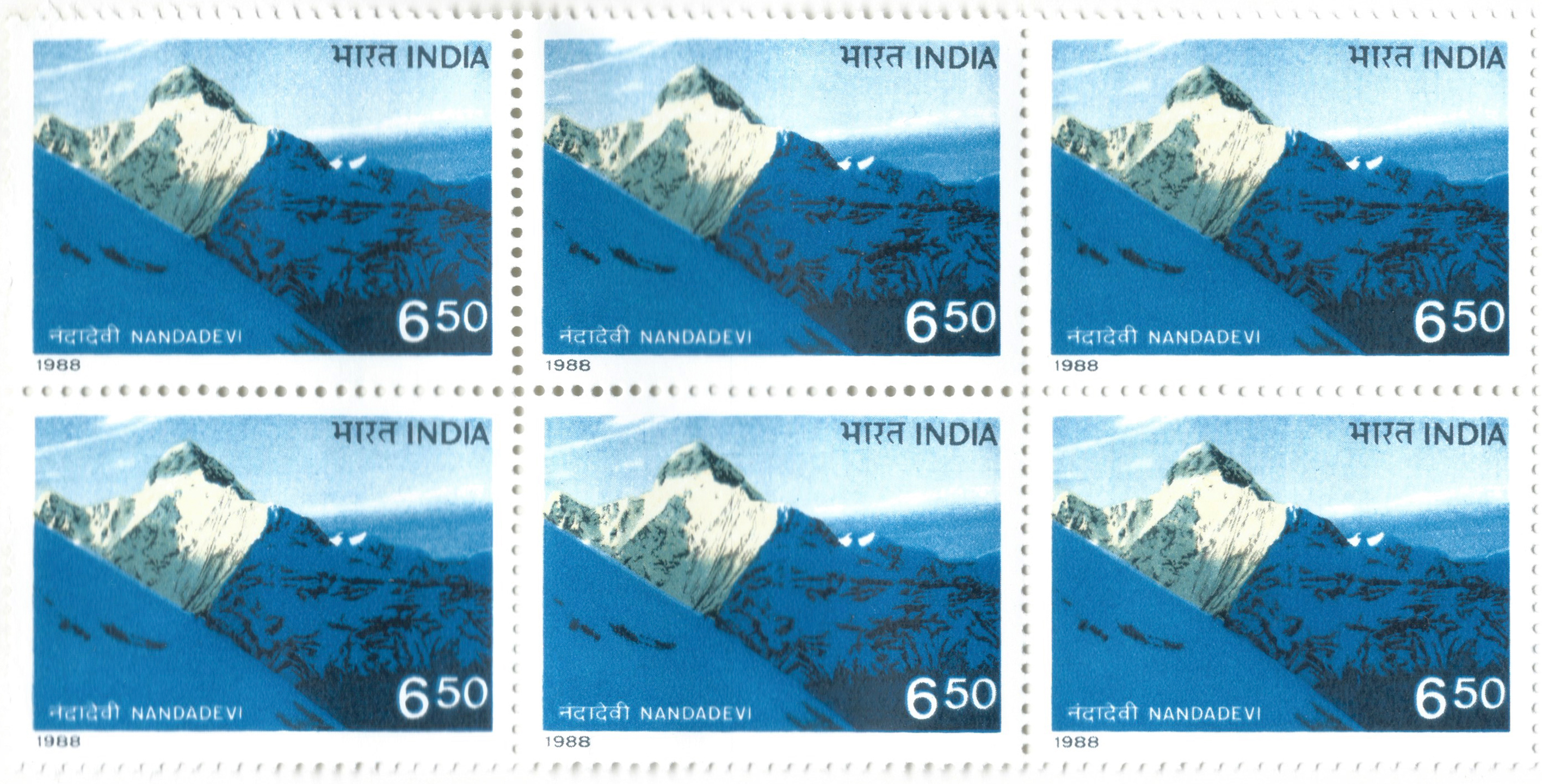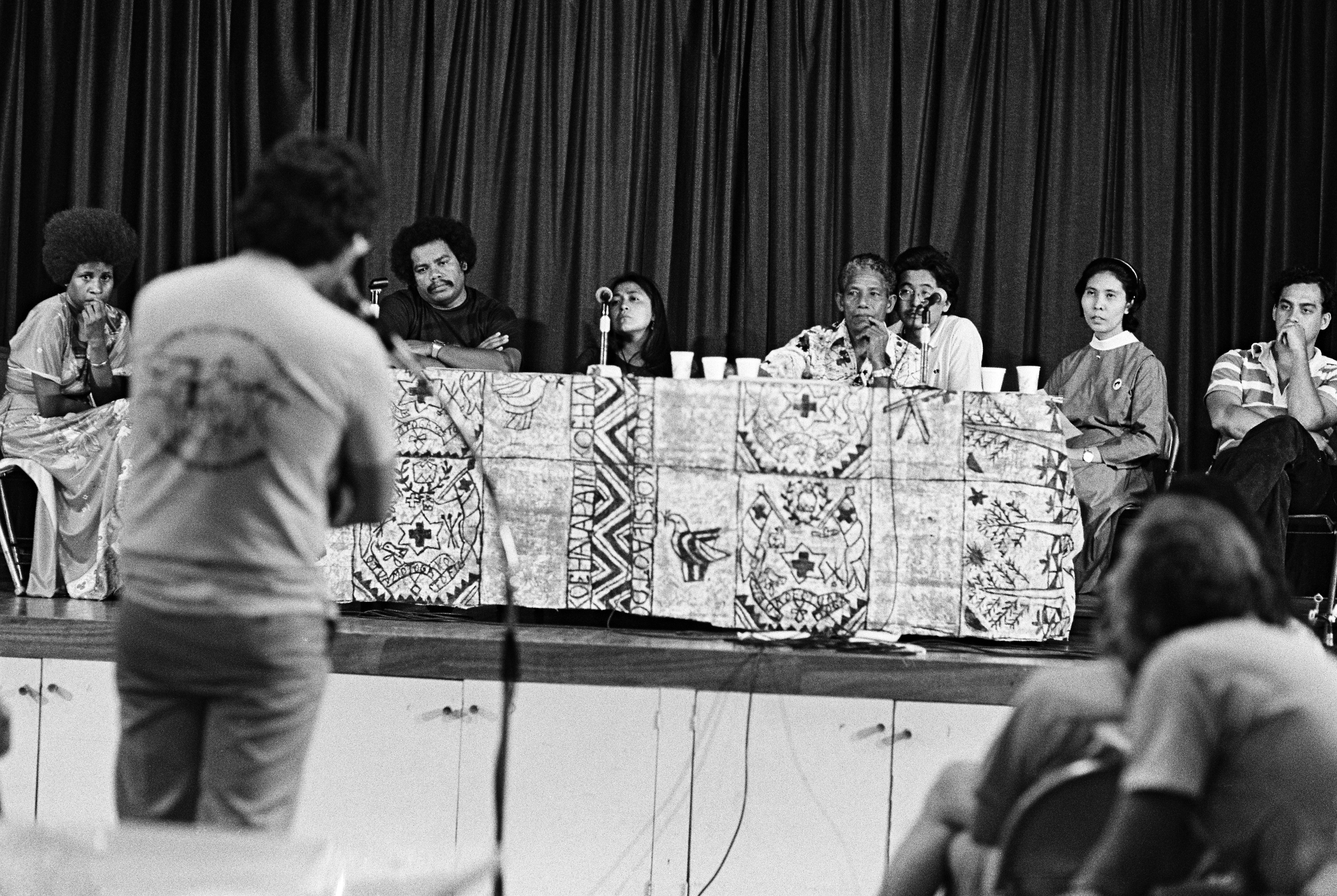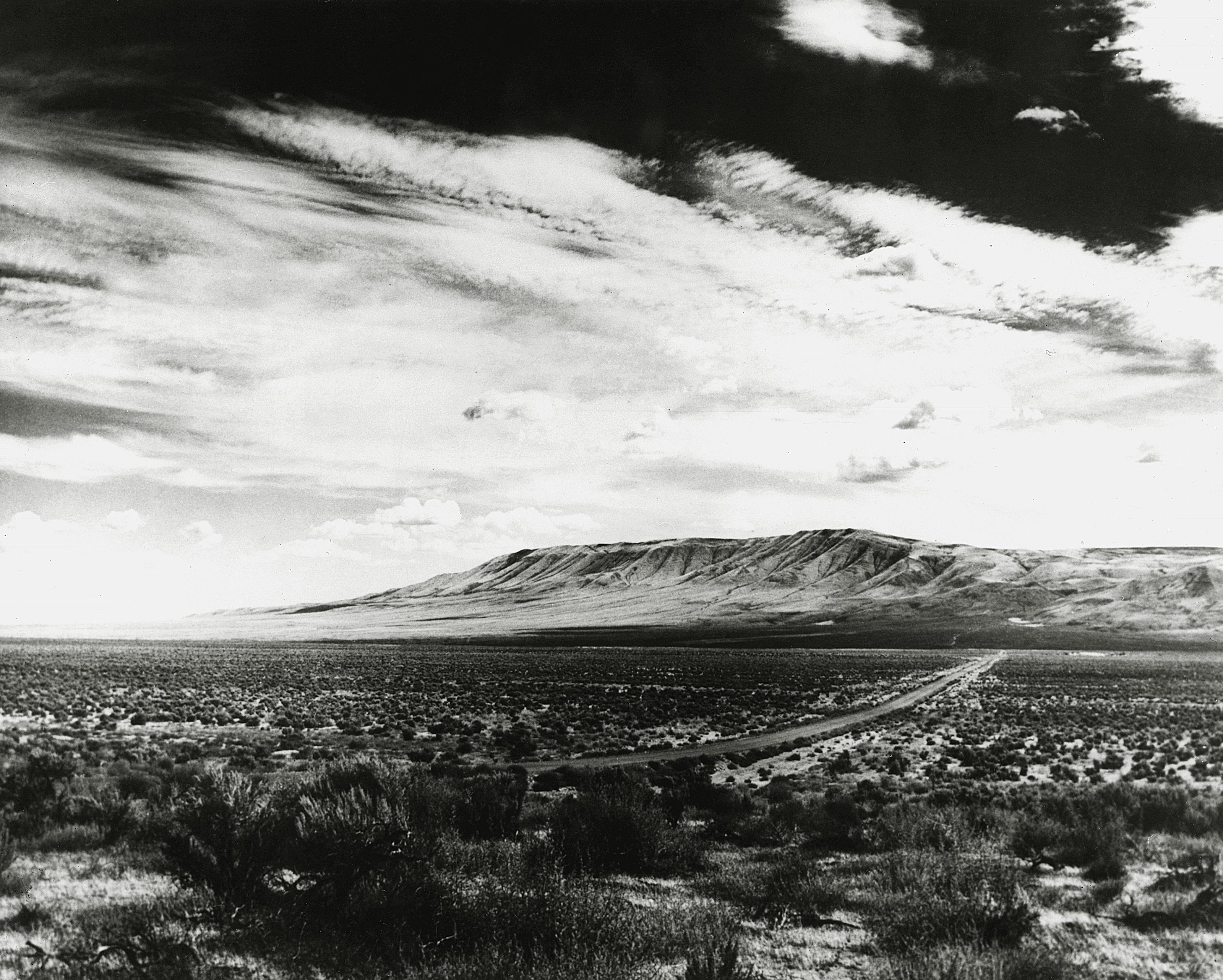Category
Half-Life is a collaboration between e-flux Architecture and the Art Institute of Chicago within the context of its exhibition “Static Range” by Himali Singh Soin.
- Sabu Kohso Nuclear Recursivity and Seismic Awakening
- Livia Krohn Miller Ten Thousand Years of Isolation
- Radiowaves Collective Mothering a Movement: Notes from India’s Longest Anti-Nuclear Struggle
- Camille Georgeson-Usher In Waking a Dream
- Samia Henni Jerboasite: Naming French Radioactive Matter in the Sahara
- Raqs Media Collective Yours, Sincerely
- Talei Luscia Mangioni The Ocean Is Our Mat
- Kate Brown Plutonium’s Fatal Attraction
- Himali Singh Soin and e-flux Architecture Editorial


